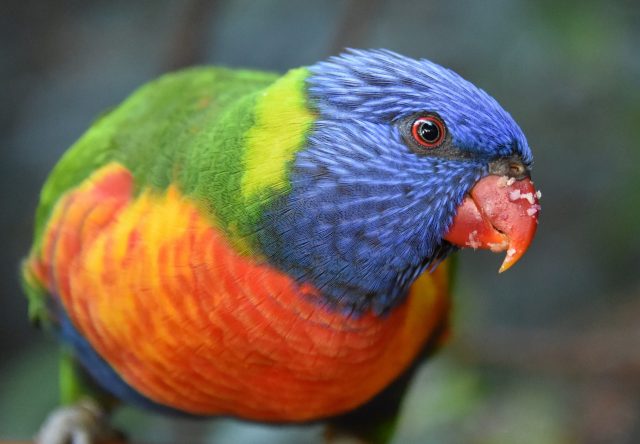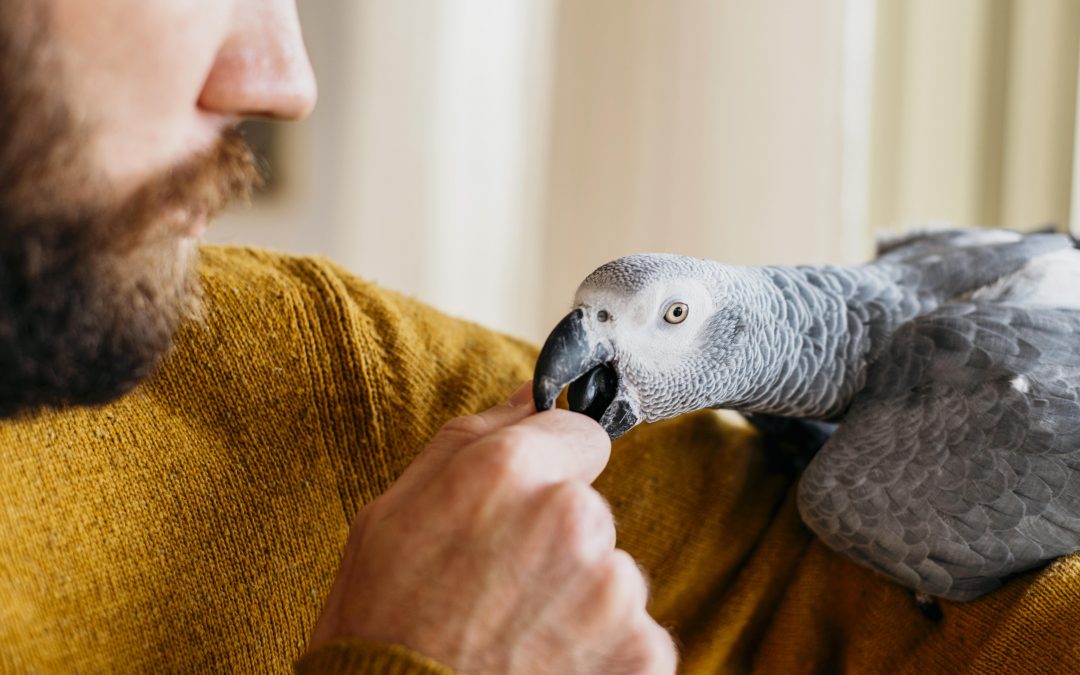Birds are mischievous animals, and no matter how closely you watch them, sometimes they get into trouble. The key to ensuring your bird’s injury doesn’t turn lethal is to know what to do should your bird get hurt.
Some of the most common pet bird injuries include broken nails or beaks that bleed, broken blood feathers, and overheating. In addition to knowing what to do in the case of an injury to your bird, keep a fully stocked avian first aid kit nearby.
Broken nails or beaks
Pet birds can break their nails or beaks in any number of ways. The most common way a bird’s nail becomes broken and begins bleeding is from having her toenail cut so short that it hits the bloodline. Should this happen, you can simply gently take hold of your bird, and rub some flour or cornstarch over the injured area. Flour and cornstarch are easy and effective ways of clotting your bird’s bleeding.
If your bird hurts her beak in an accident and it begins to bleed, flour and cornstarch are also a good way to ensure the blood cots. The trick, however, to stopping a bleeding nail or beak is to do so without stressing your bird out any further.
Gently hold your bird, so she can’t squirm or fly away. First, clean the blood from her beak or her nail then gently press down on the wound with flour or cornstarch until the blood has clotted.
After the blood has clotted, put your bird somewhere quiet, in her cage or somewhere she can rest without being bothered. Keep an eye on her to make sure the bleeding doesn’t start again or she doesn’t show signs of other problems.
Broken blood feathers
A broken blood feather must be attended to, as is the case when your bird is bleeding anywhere else, as soon as possible. The first thing you must do is identify the feather that is bleeding. Once you’ve found the feather, use flour or cornstarch and gently put pressure on the bleeding feather.
Unfortunately, a blood feather doesn’t always clot. If this is the case, you will need to remove the injured feather. After you’ve gently removed the feather, again take the flour or cornstarch and gently put pressure on the bleeding area. It may take several minutes for the blood to clot, so be patient.
If for whatever reason you have difficulty getting your bird’s blood to clot, use gauze from your avian first aid kit and press it gently against the area that is bleeding. Then get her to your vet as soon as possible.

A closeup shot of a colorful Loriini
Overheating
Overheating is another common injury in pets, and you can generally tell your bird is too hot if her wings are spread away from her body and if she is panting. For example, a bird can become overheated if she’s in the sun without adequate shade.
If you notice your bird is overheated, get her out of the situation immediately then make sure you cool her down by soaking her with cool water. The best way is to use a spray bottle. Once you’ve soaked her, put her somewhere quiet and cool where she can relax. Be sure to keep a close eye on her in case her symptoms persist or if she doesn’t appear to be getting better, contact your veterinarian immediately.

